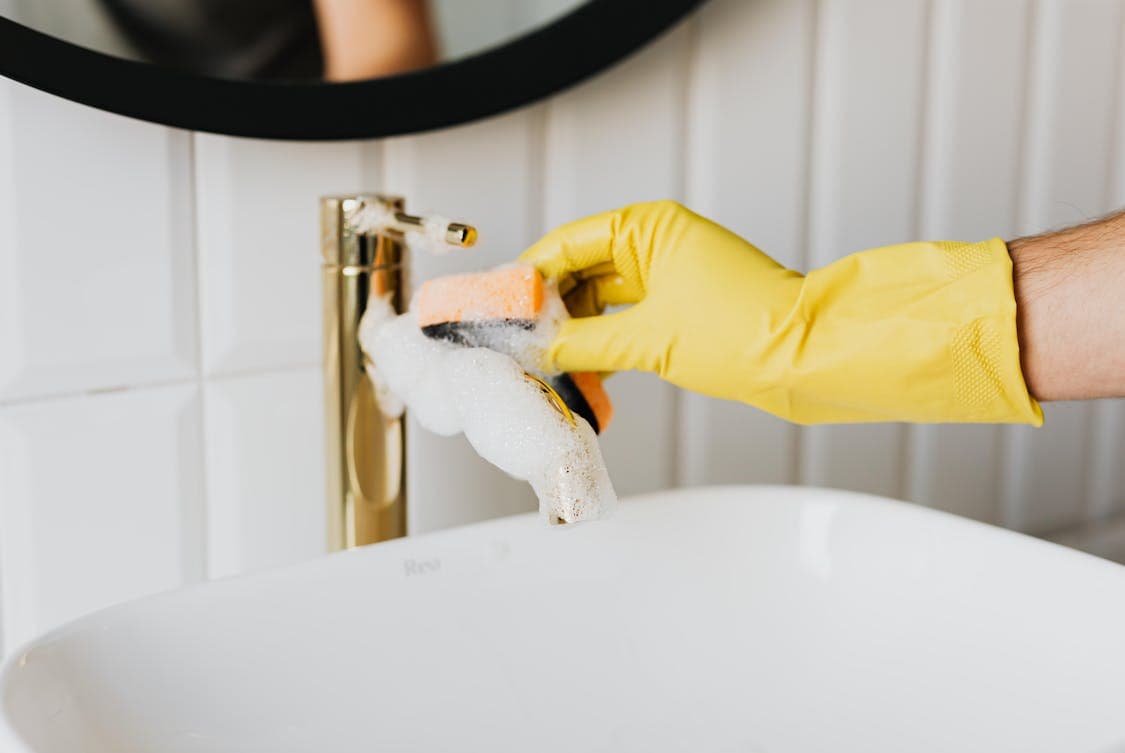When you turn the tap to shut off the water, the expectation is clear: the flow should stop completely. But what happens when it doesn’t? A dripping tap can be more than just an annoyance; it could indicate underlying issues that need addressing.
While it might seem trivial, a leaky faucet can lead to substantial water waste and increased bills. Let’s break down the possible reasons why your tap isn’t turning off all the way.
Common Causes of Dripping Taps
Worn-Out Washers
One of the most prevalent causes of a faucet that won’t shut off completely is a worn-out washer. Washers are small rubber or silicone discs that create a watertight seal when the tap is turned off. Over time, constant friction can wear these washers down.
When they’re compromised, water will leak through, causing that persistent drip. Replacing the washer is often a straightforward fix that can restore your tap’s functionality.
Damaged O-Ring
Another key player in faucet performance is the O-ring, a circular rubber gasket that fits around the valve shaft. If this small component becomes damaged or dislodged, it can lead to leaking.
The O-ring’s role is crucial and, like washers, it can wear out over time. If you notice water leaking from the handle area, the O-ring might be the culprit. Replacing it is usually a simple task as well.
Faucet Types and Their Specific Issues
Compression Faucets
Compression faucets are among the most traditional types, relying on a mechanism that compresses washers to stop the flow of water.
If you’re dealing with a compression tap that won’t shut off completely, it could be due to worn washers or a malfunctioning stem. Replacing both can often resolve the issue effectively.
Cartridge Faucets
Cartridge faucets employ a cartridge mechanism instead of washers. Here, the issue might lie within the cartridge itself, which can wear out or get clogged.
If you find that your cartridge faucet isn’t turning off all the way, replacing the cartridge can restore proper function.
Ball Faucets
Ball faucets operate with a different mechanism involving a ball bearing. Issues with this type often stem from mineral buildup or wear on the seals.
If you’re experiencing dripping with a ball faucet, it might require cleaning or a replacement of the ball or seals.
Disc Faucets
Disc faucets are modern and rely on a ceramic disc cartridge. If these discs wear out, they can cause leaks. If you suspect your disc faucet is the source of the drip, checking and replacing the ceramic disc can often solve the problem.
Other Potential Issues
Corroded Valve Seat
The valve seat is the component that connects the faucet to the spout. Over time, it can corrode, especially in areas with hard water.
This corrosion can create gaps, allowing water to leak. Inspecting the valve seat for damage can reveal whether it needs cleaning or replacement.
High Water Pressure
Sometimes, the problem isn’t with the faucet itself but with the water pressure in your home. If the pressure is too high, it can force water through the seals and lead to leaks.
Installing a pressure-reducing valve can help manage this issue, ensuring that your taps operate more efficiently.
Maintenance Tips to Prevent Leaks
Routine Inspections
One of the best ways to prevent leaks is to conduct routine inspections of your plumbing fixtures. Look for signs of wear, corrosion, or cracks in the components.
Catching issues early can save you time, money, and the hassle of significant repairs.
Regular Cleaning

Mineral buildup can be a silent enemy. Regularly cleaning your faucets and aerators can prevent clogs and maintain optimal performance.
Use vinegar or a specialized cleaner to dissolve mineral deposits, ensuring your taps function smoothly.
Know When to Call a Professional
If you’ve tried various fixes and your tap still won’t turn off all the way, it might be time to call in a professional plumber. Sometimes, underlying plumbing issues require expert attention, and professional help can ensure a long-lasting resolution.
For expert solutions, there are local plumbers ready for any job, ready to help you tackle any plumbing issues efficiently.
The Environmental Impact of Leaky Taps
Water Waste
A dripping tap may seem innocuous, but it can waste significant amounts of water over time. Just a single drip per second can result in over 3,000 gallons wasted annually.
This not only impacts your water bill but can also contribute to environmental degradation.
Increased Energy Use
When water leaks, it can also lead to increased energy consumption. If your hot water tap is leaking, your water heater may work harder than necessary to maintain temperature, increasing your energy bills.
Addressing the issues with a tap that won’t turn off completely is essential not just for your convenience but also for the environment and your wallet.
With a bit of investigation and potentially some DIY repairs, you can restore your tap to proper working order. If you notice persistent problems, don’t hesitate to seek professional help.





